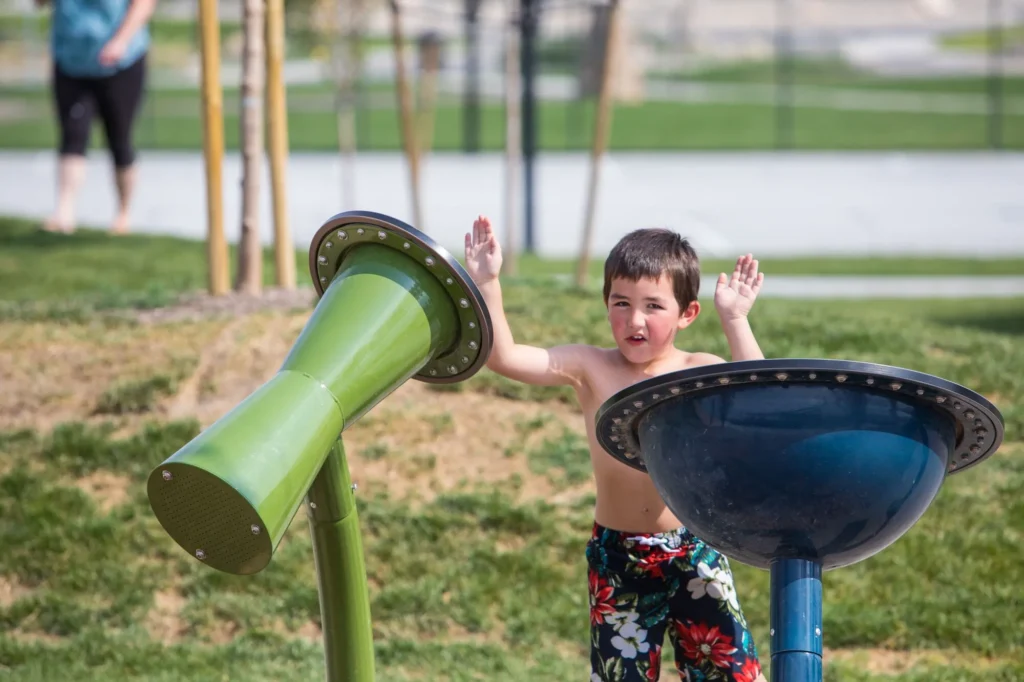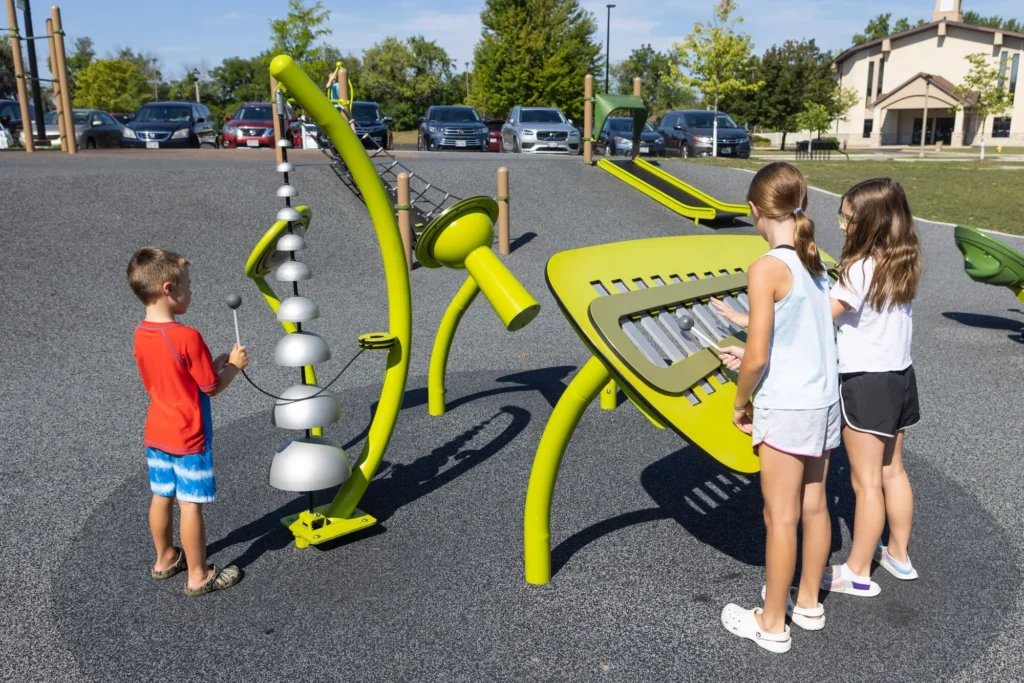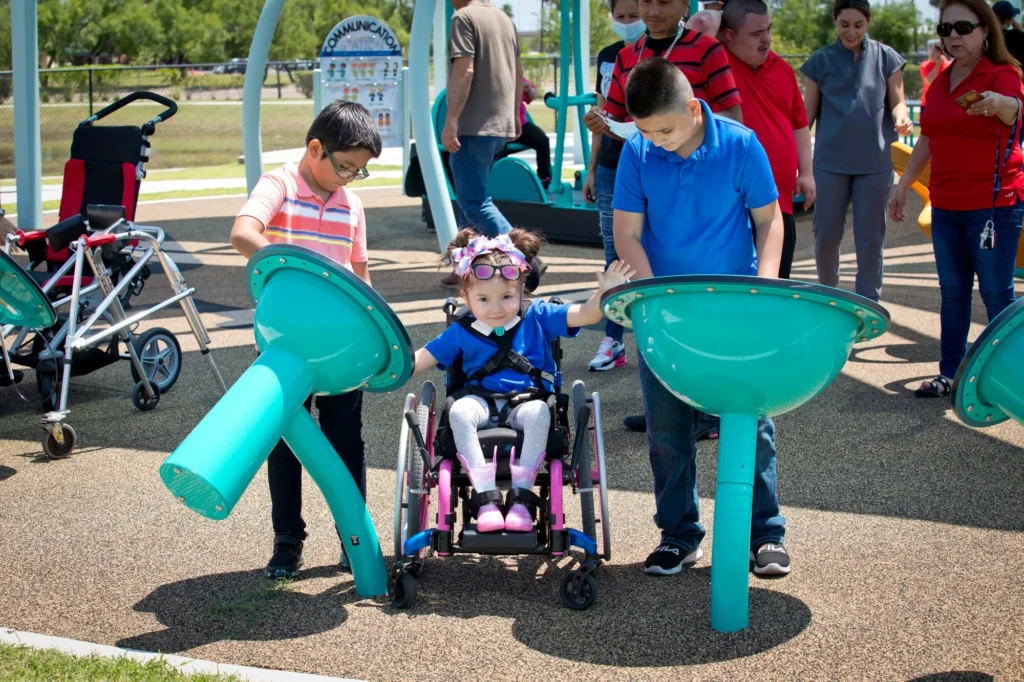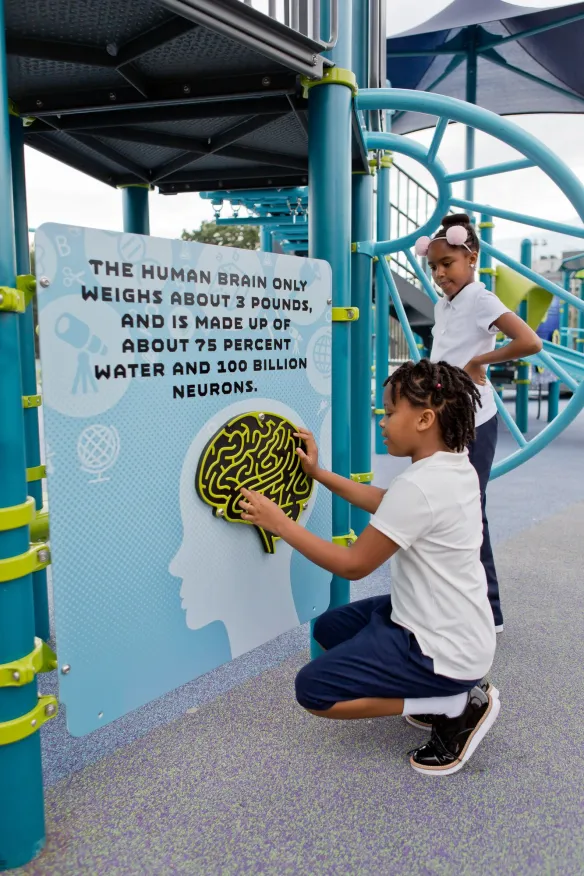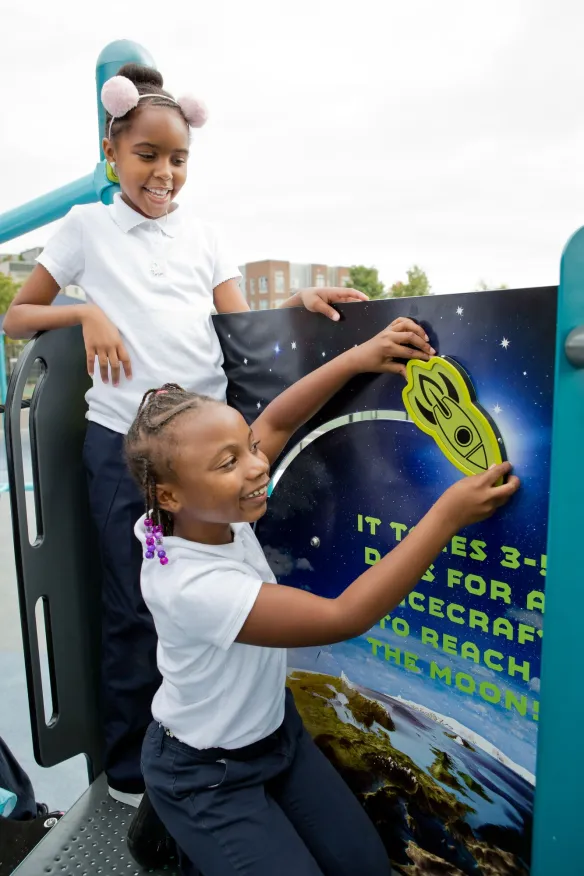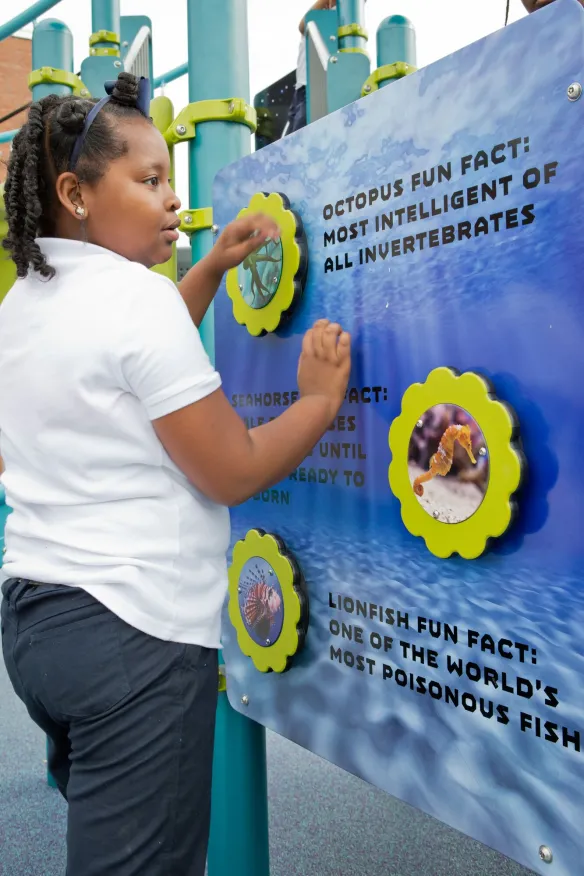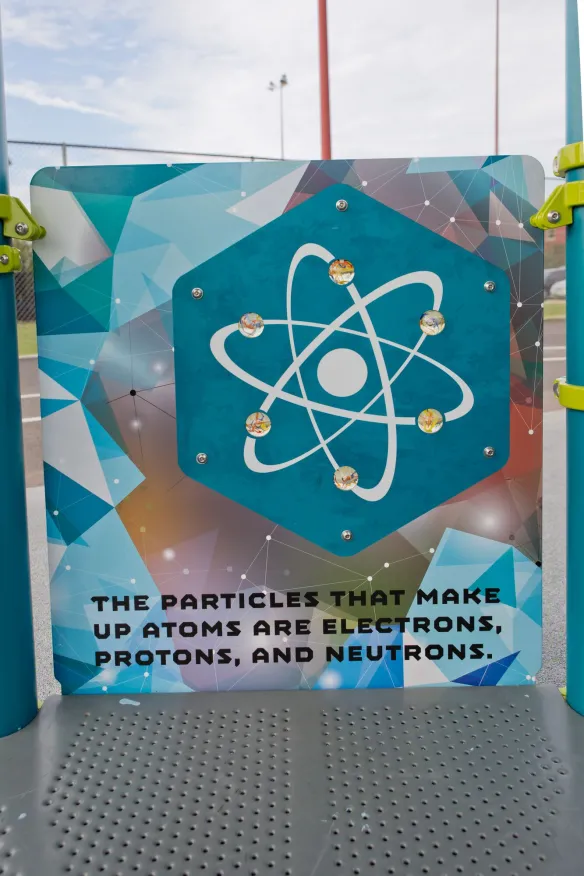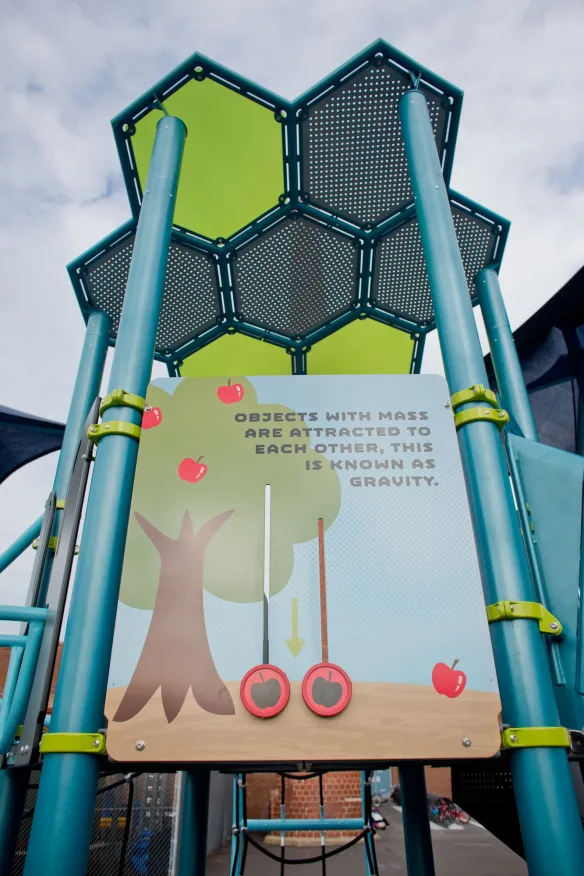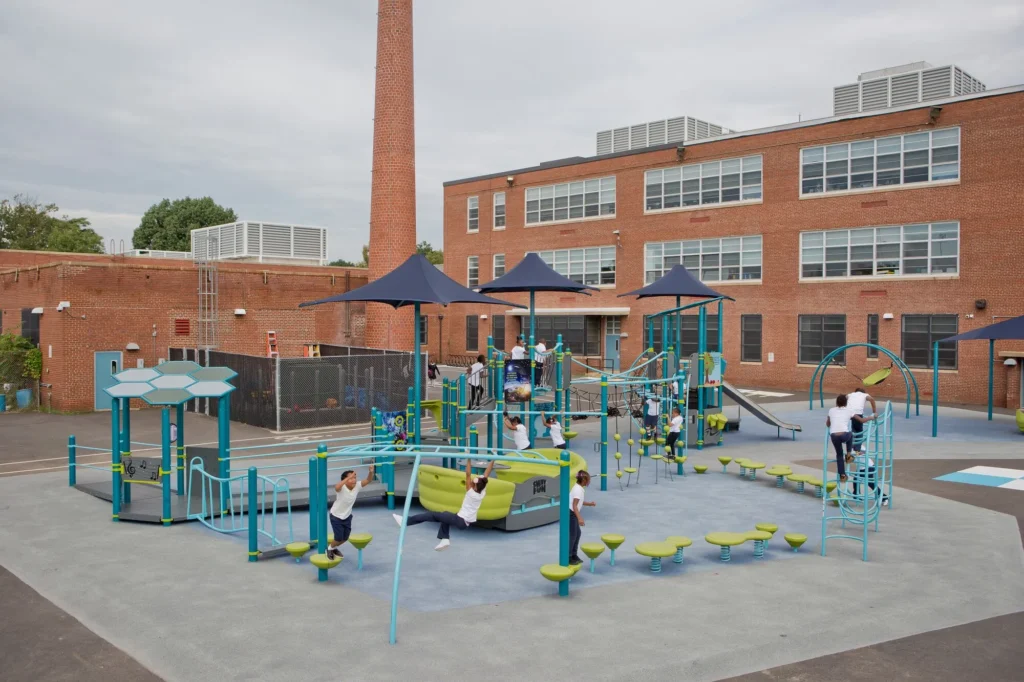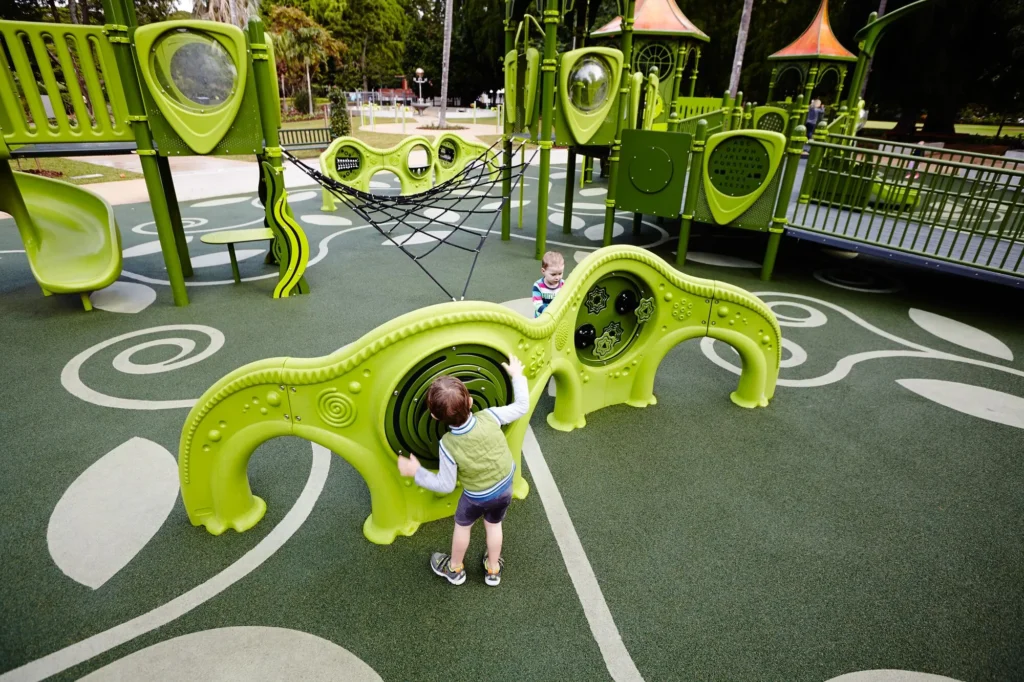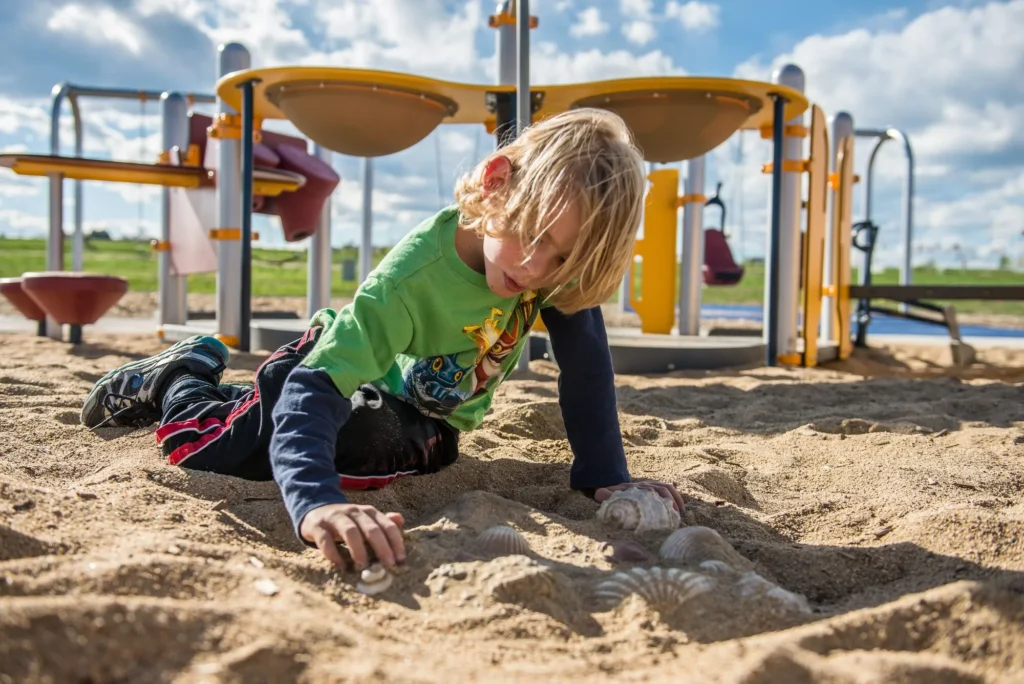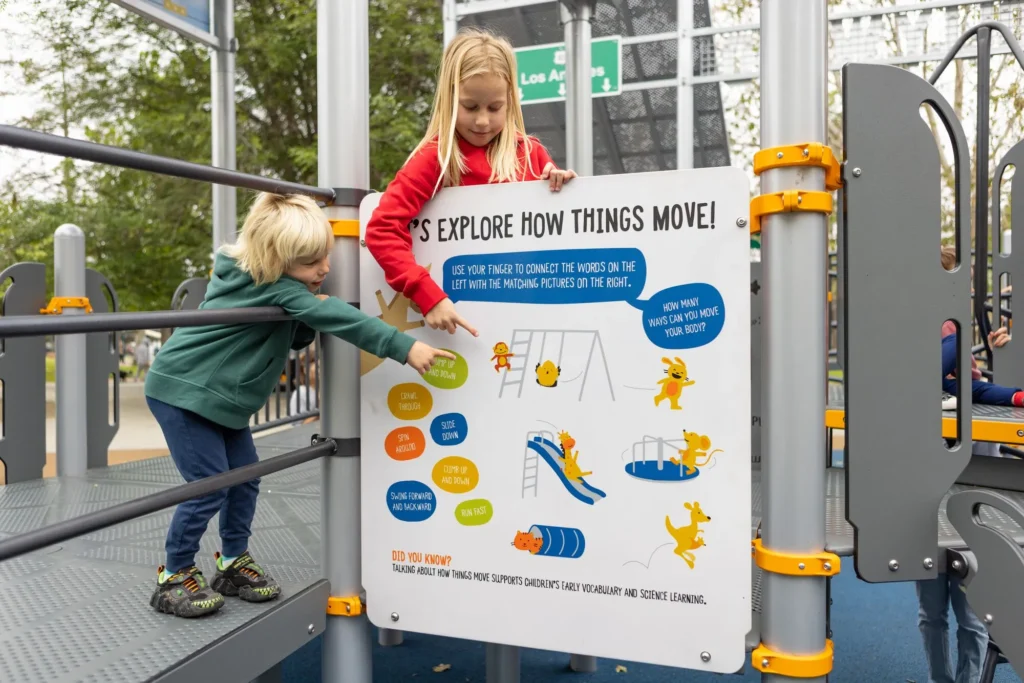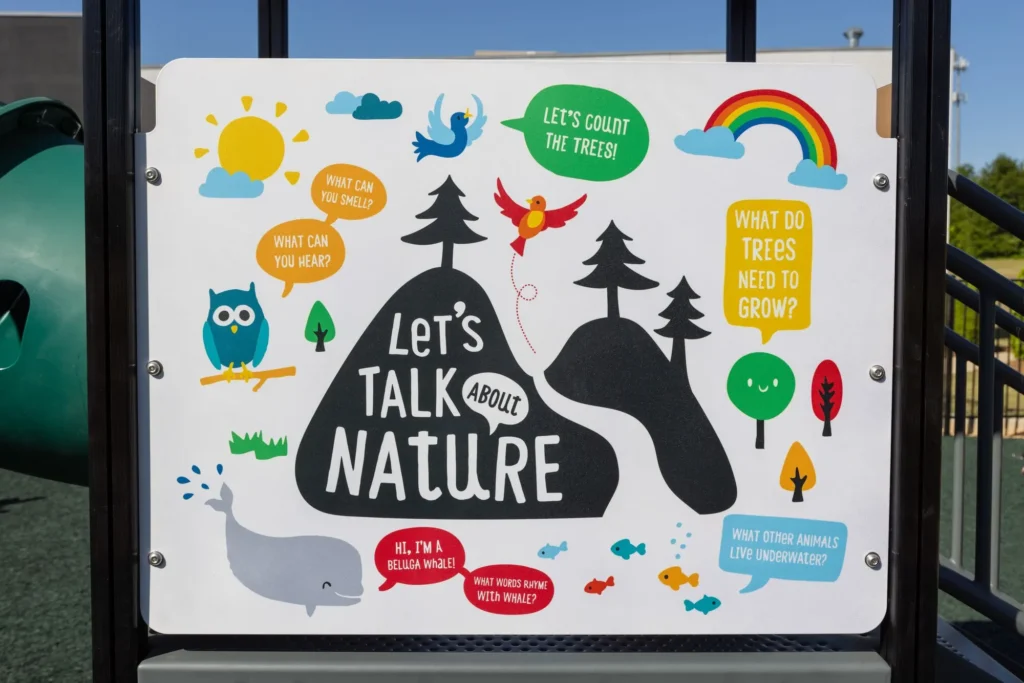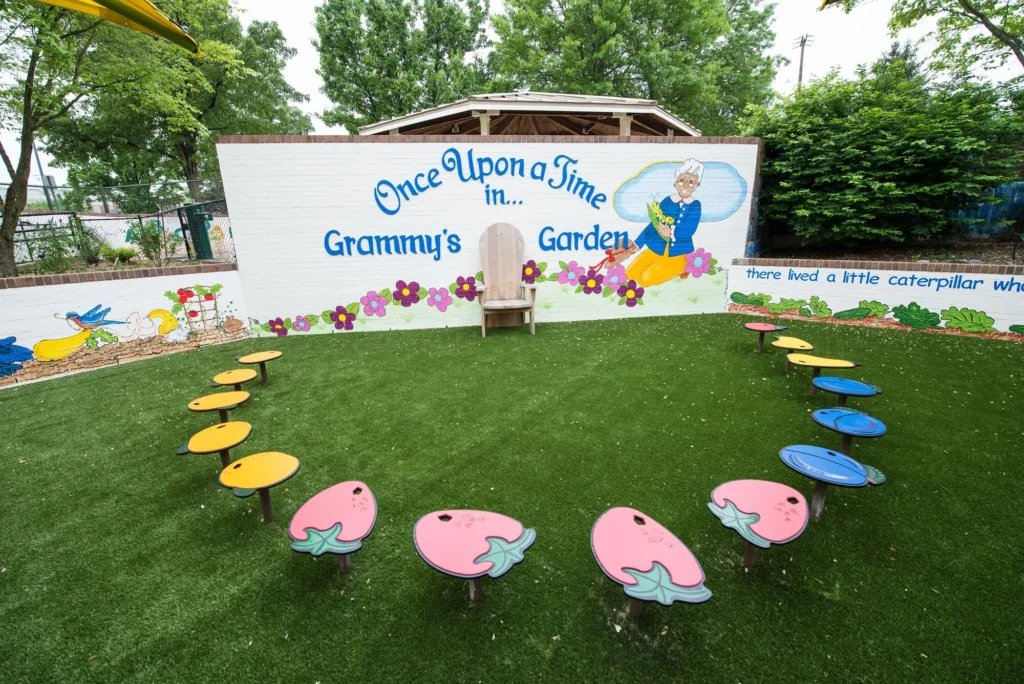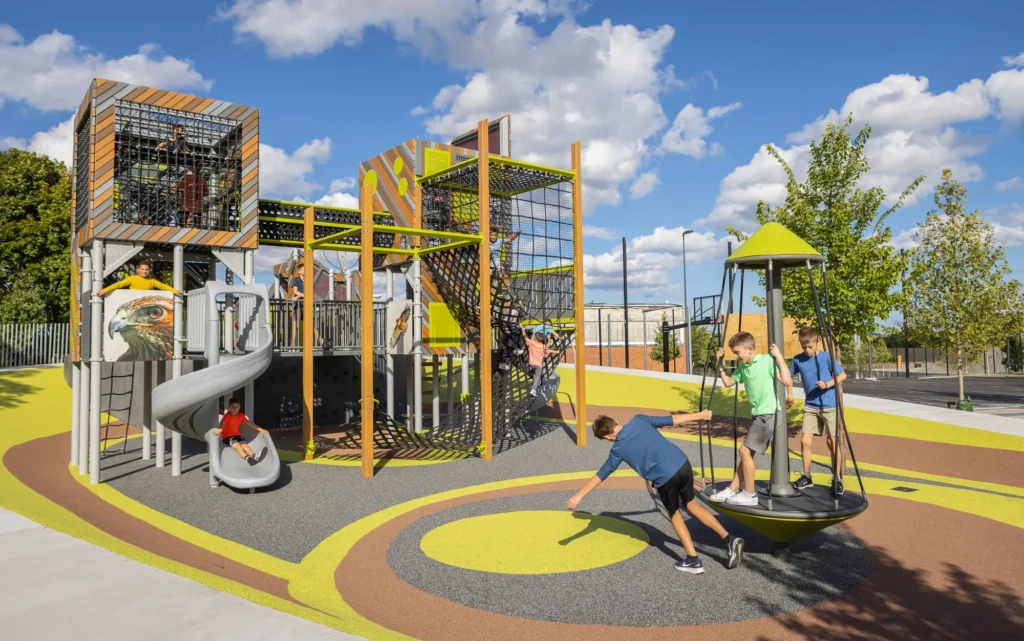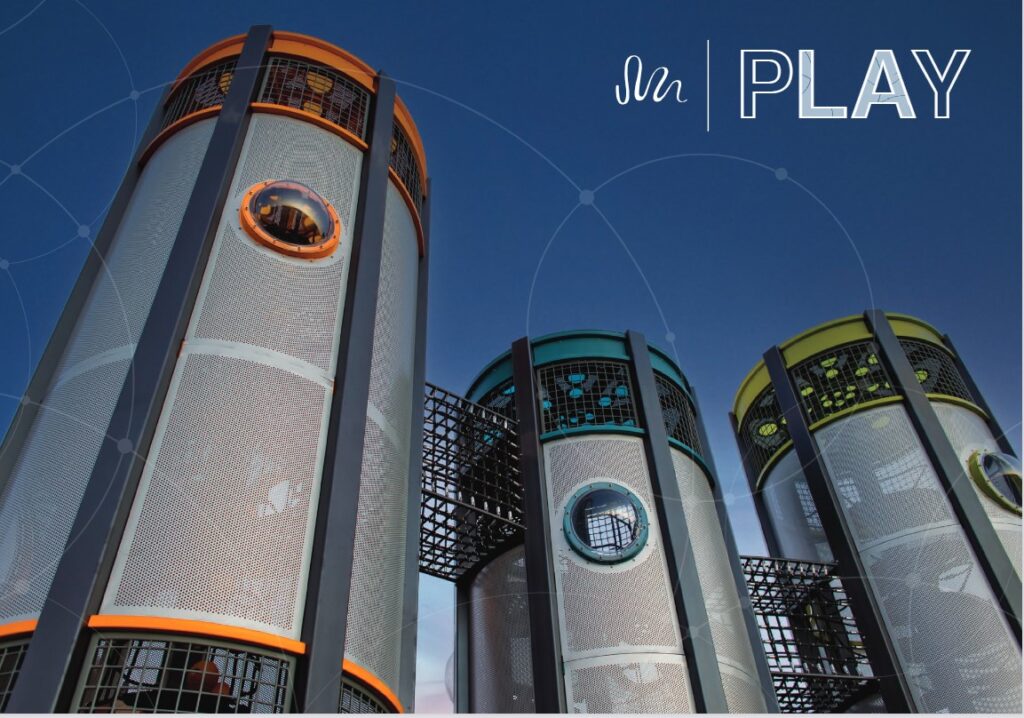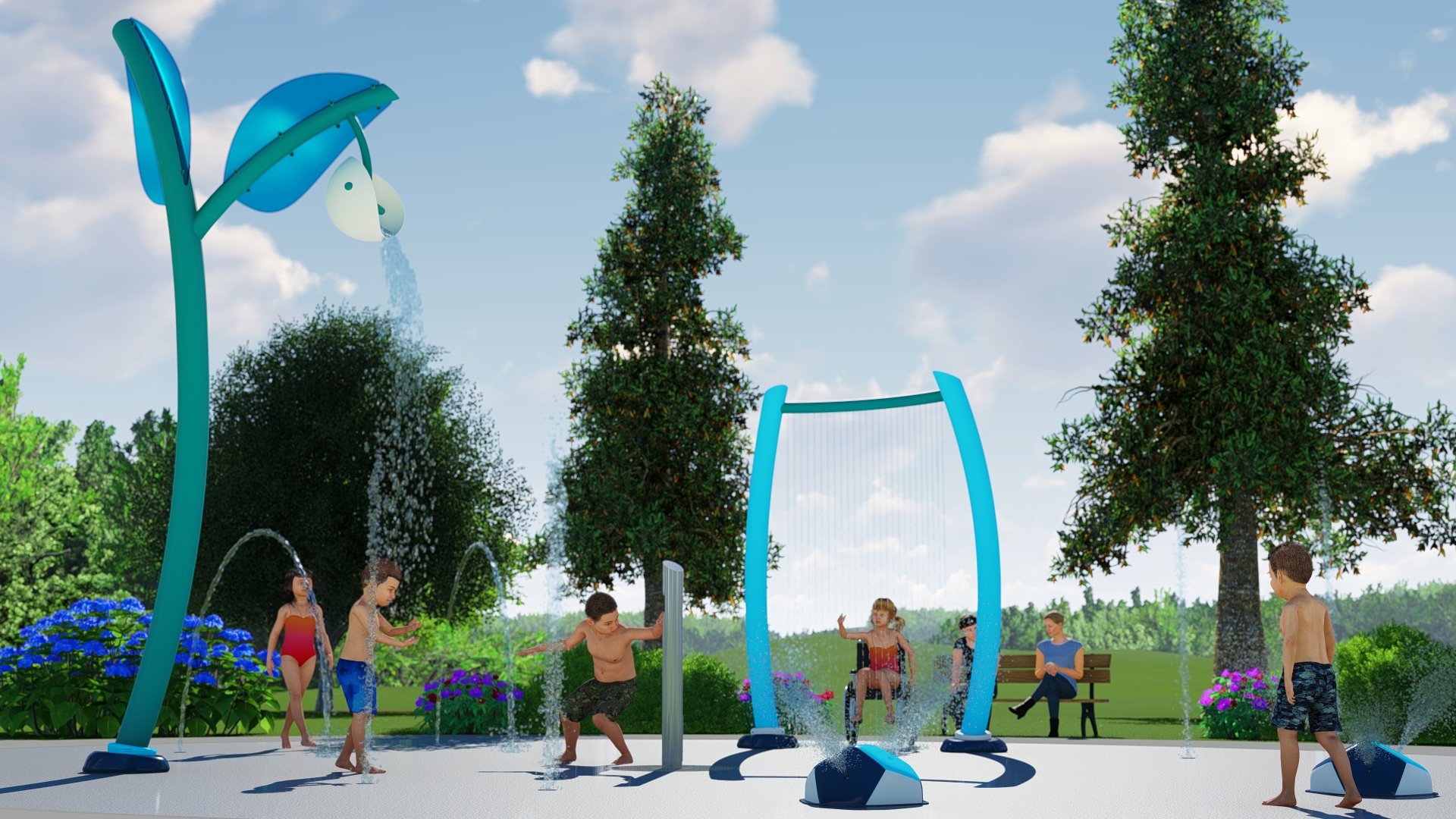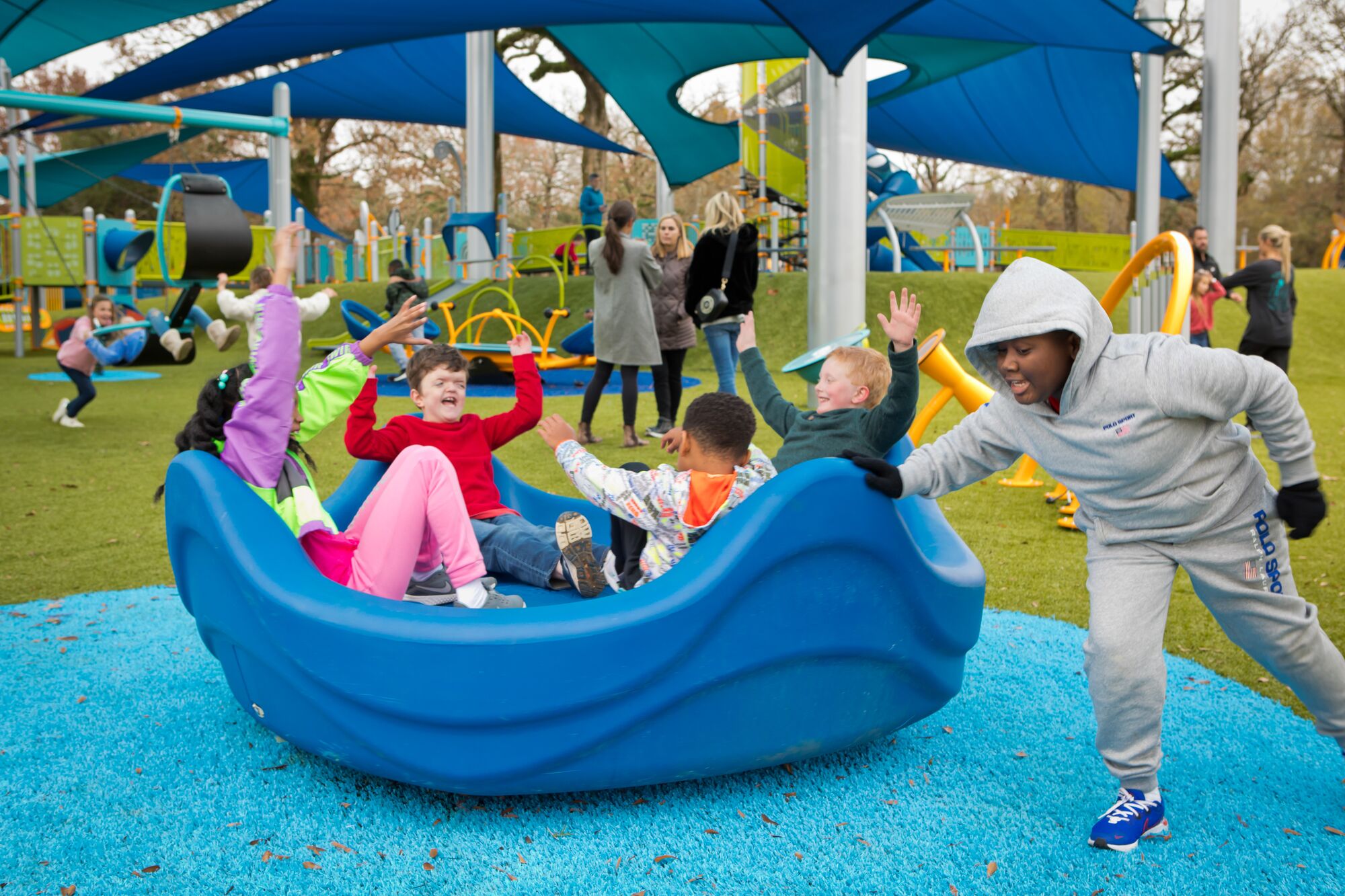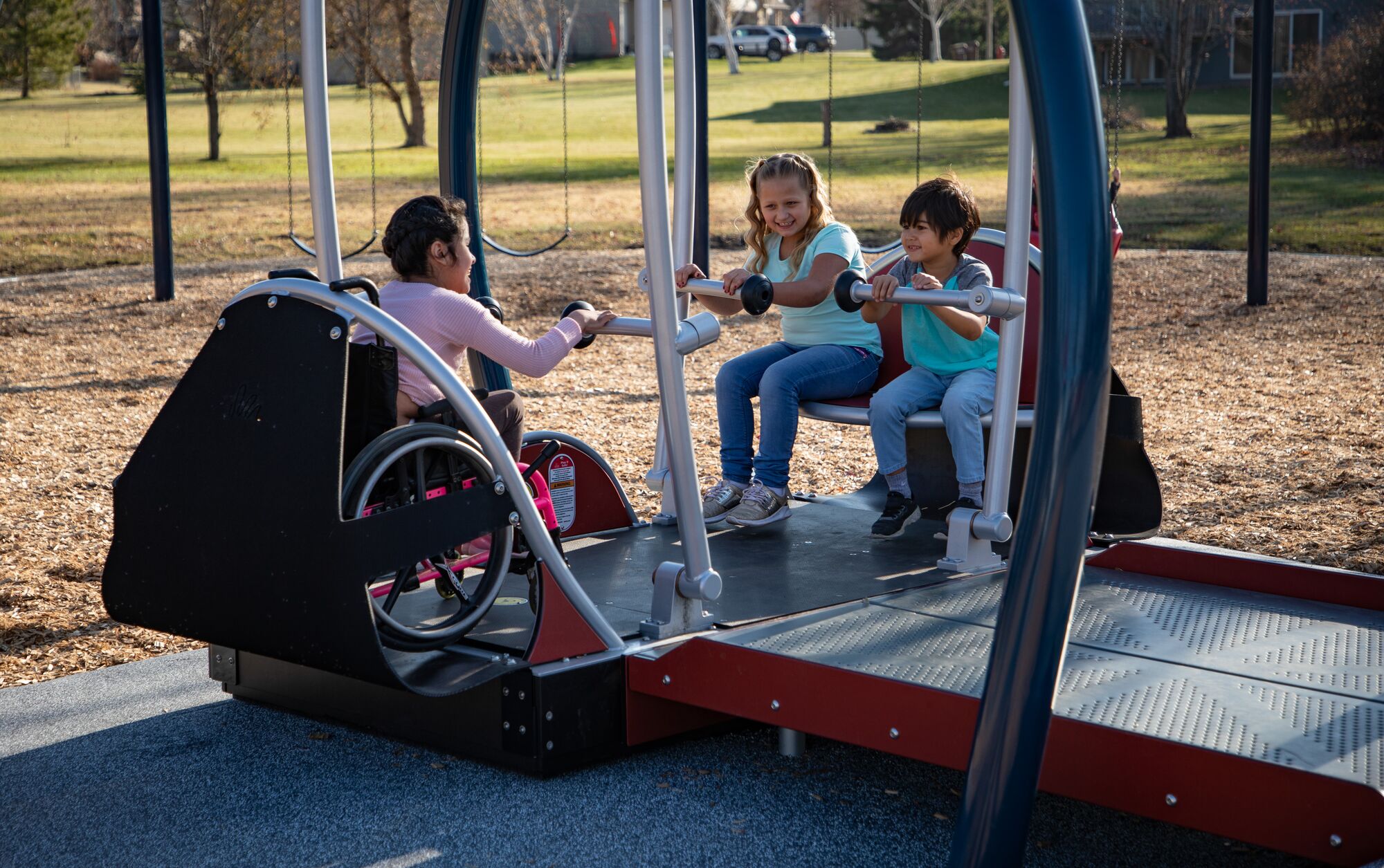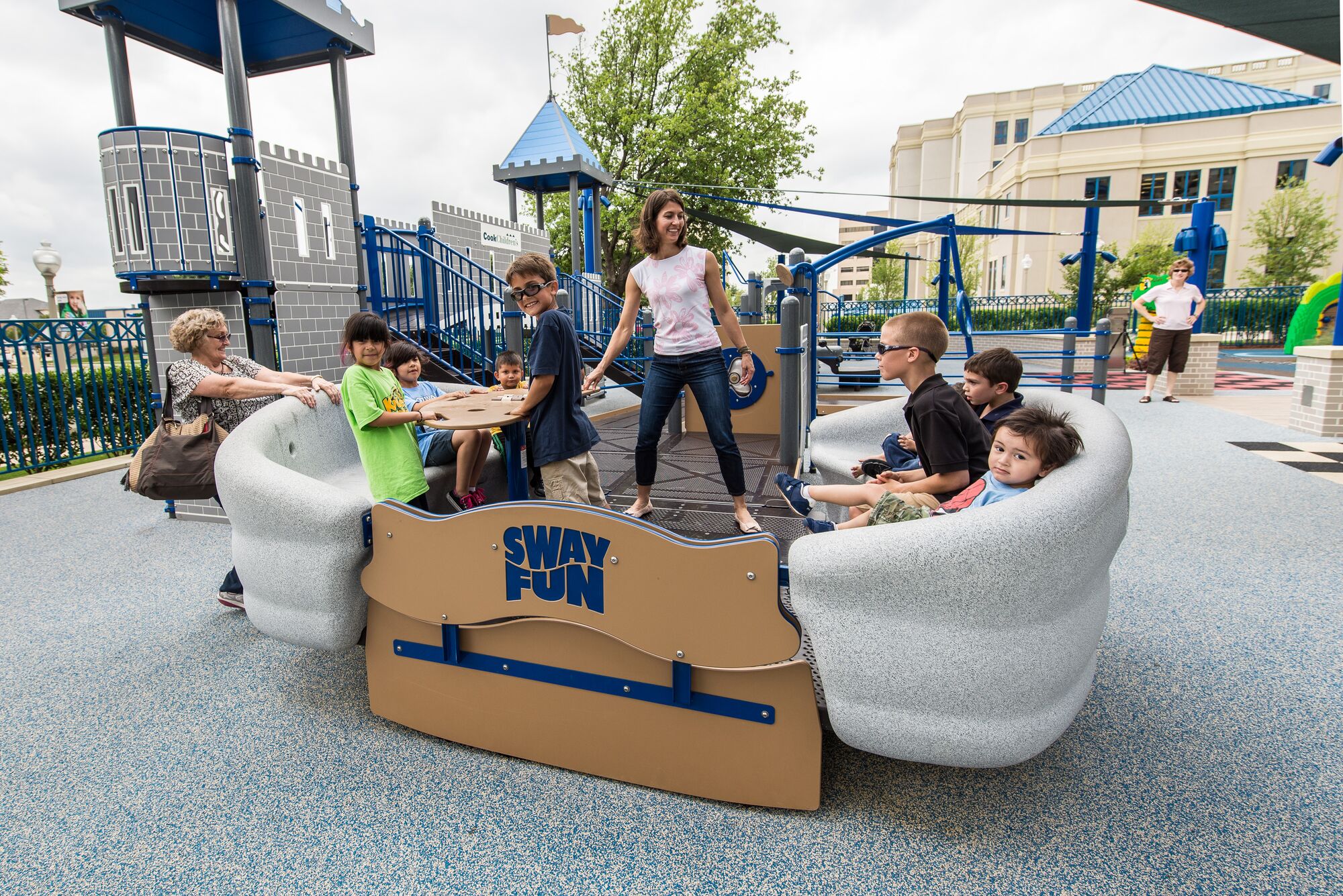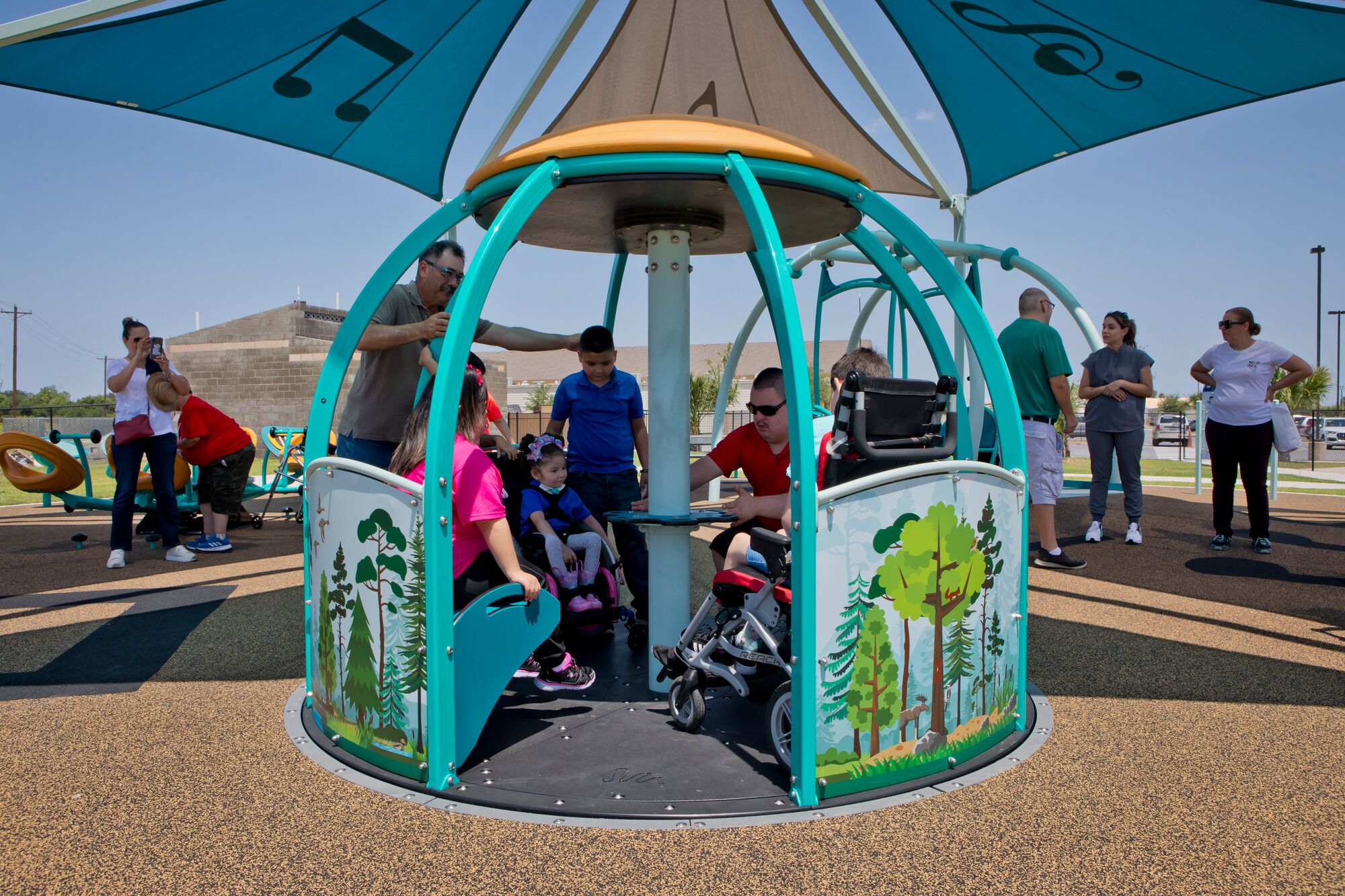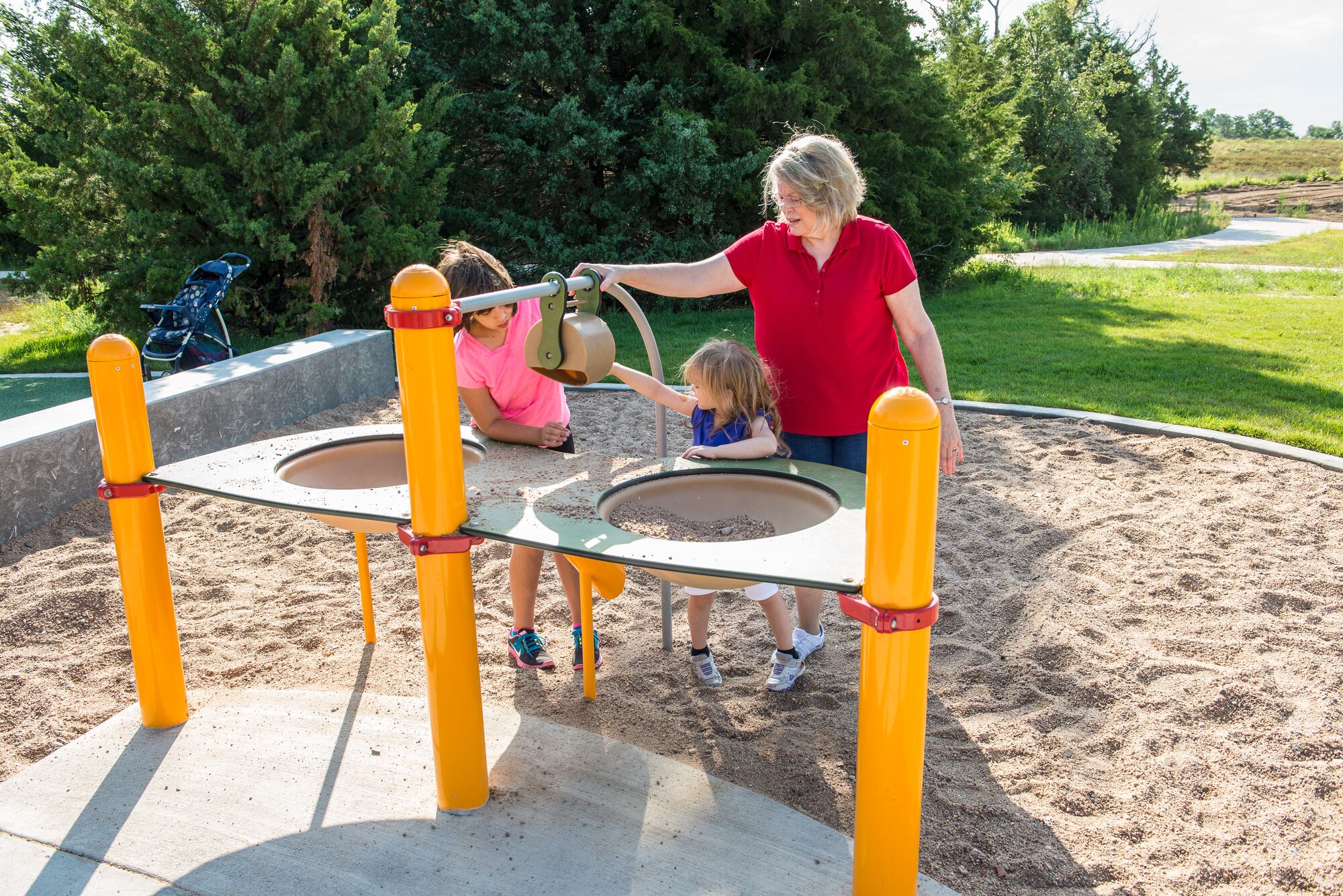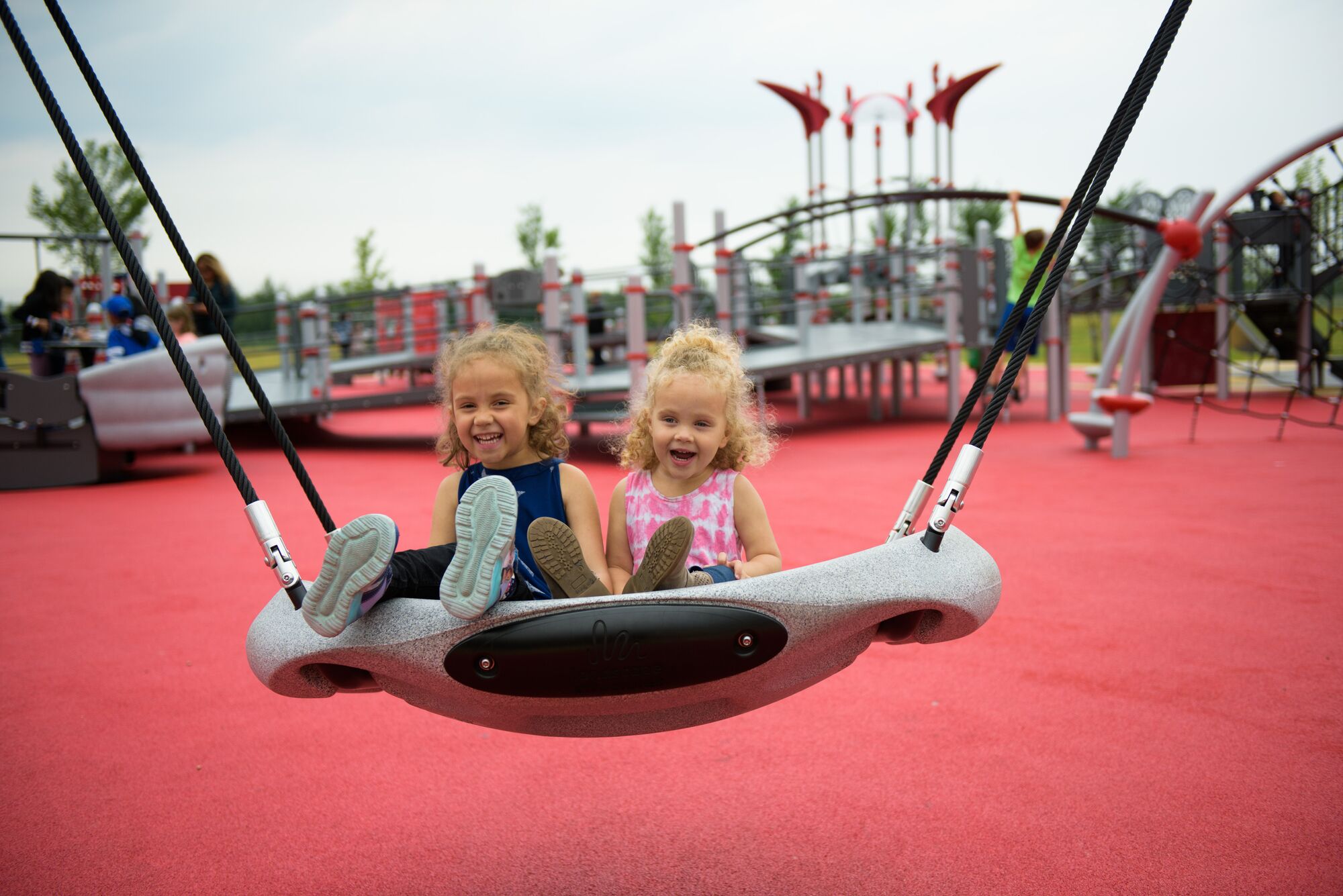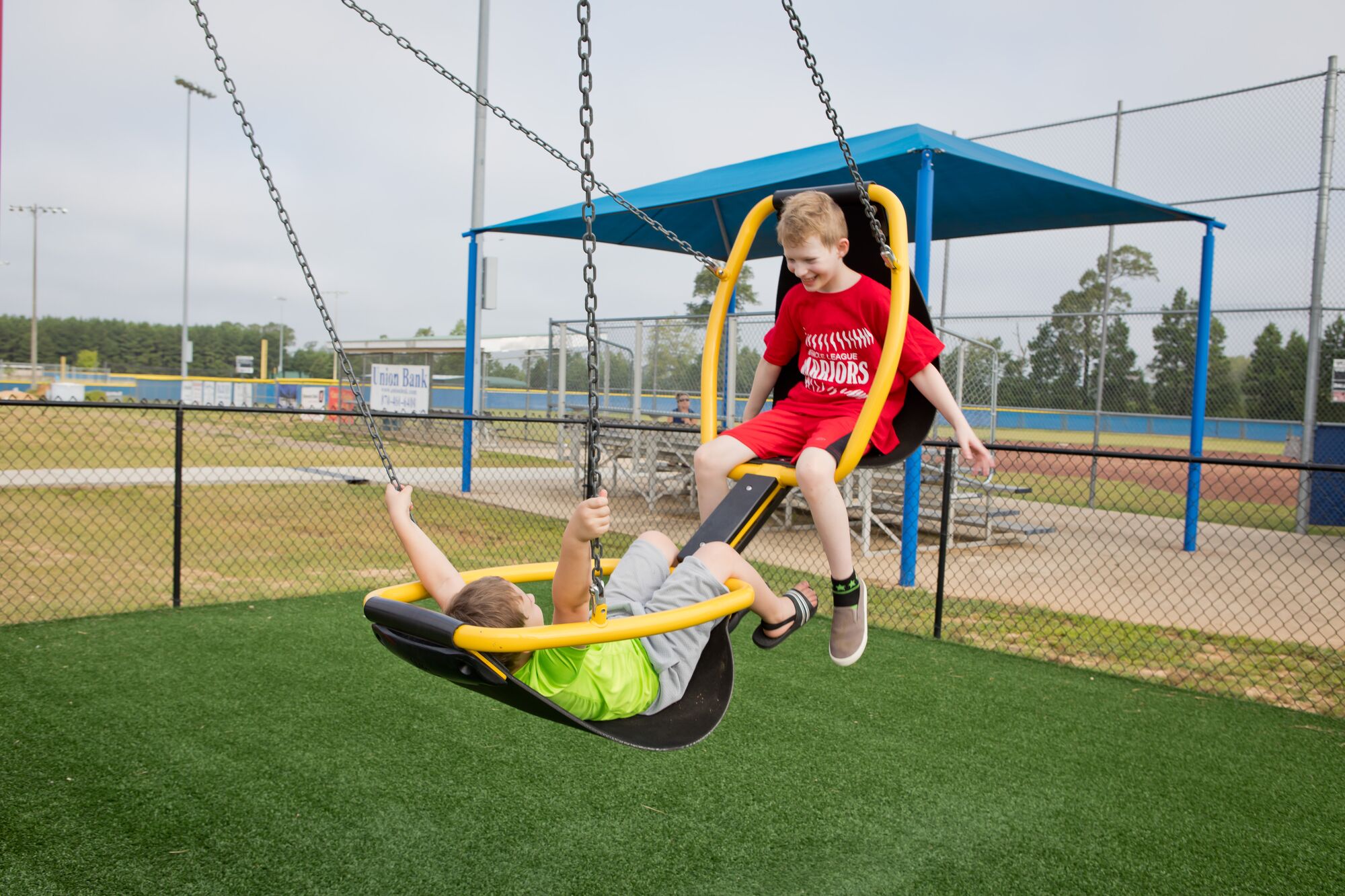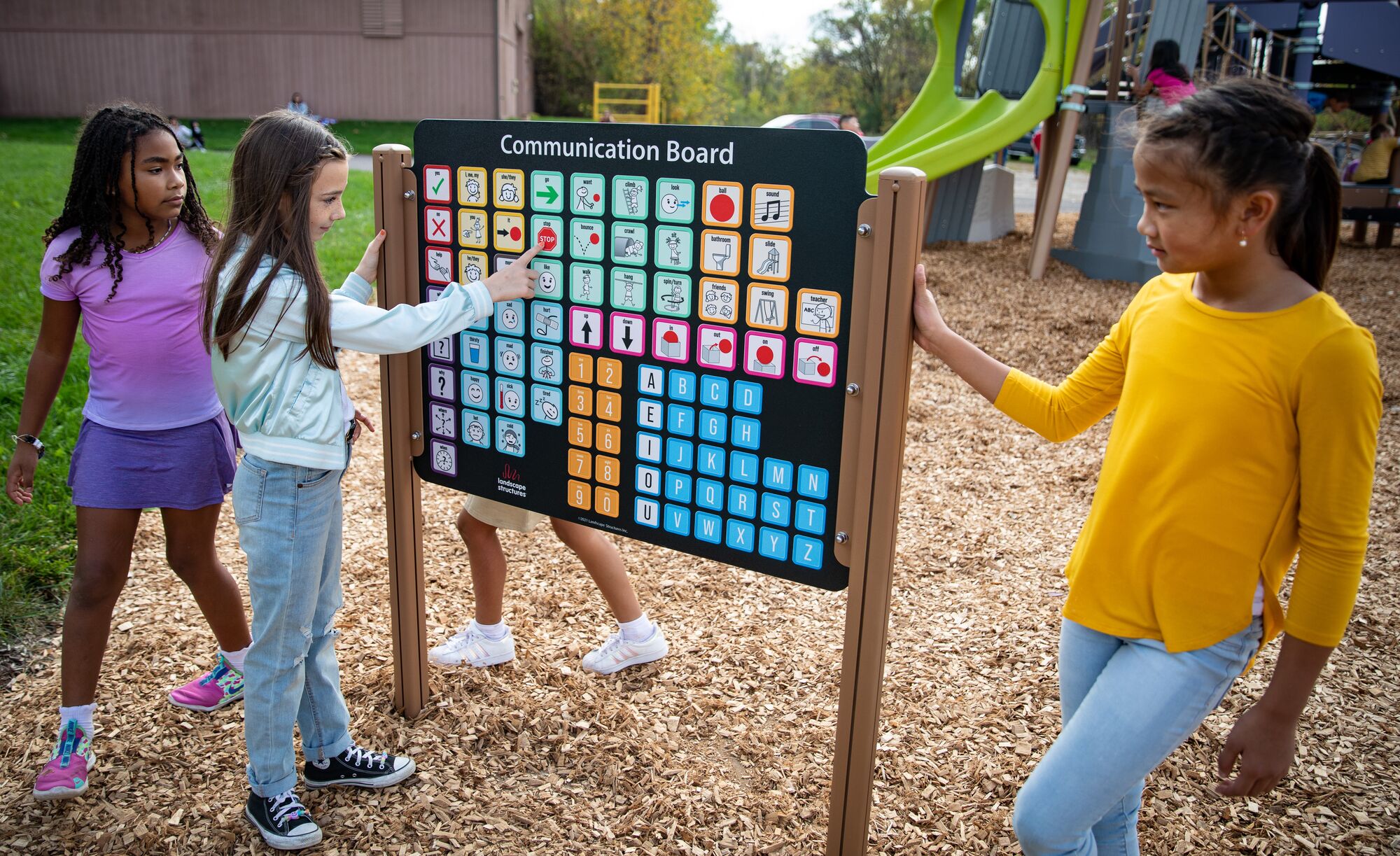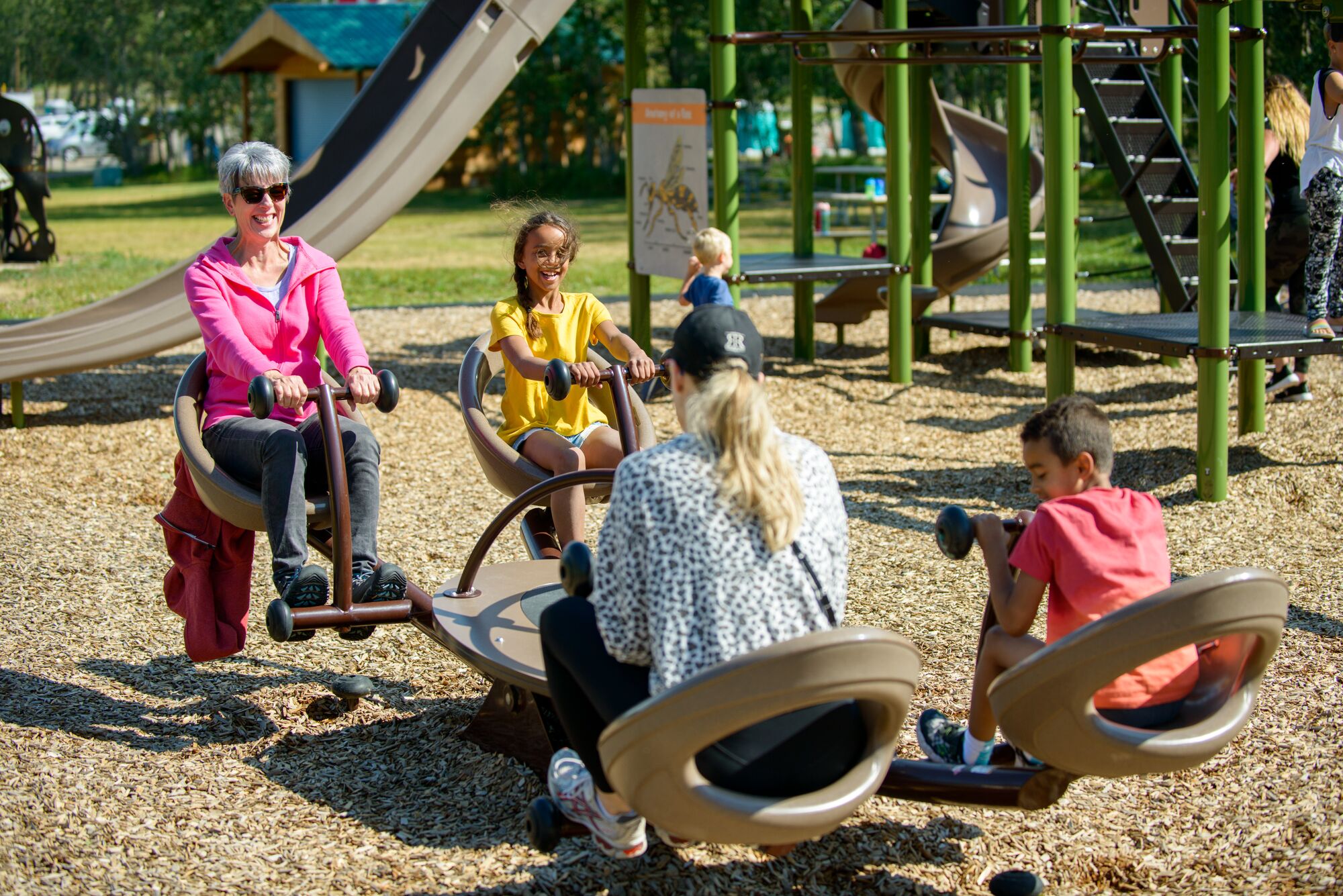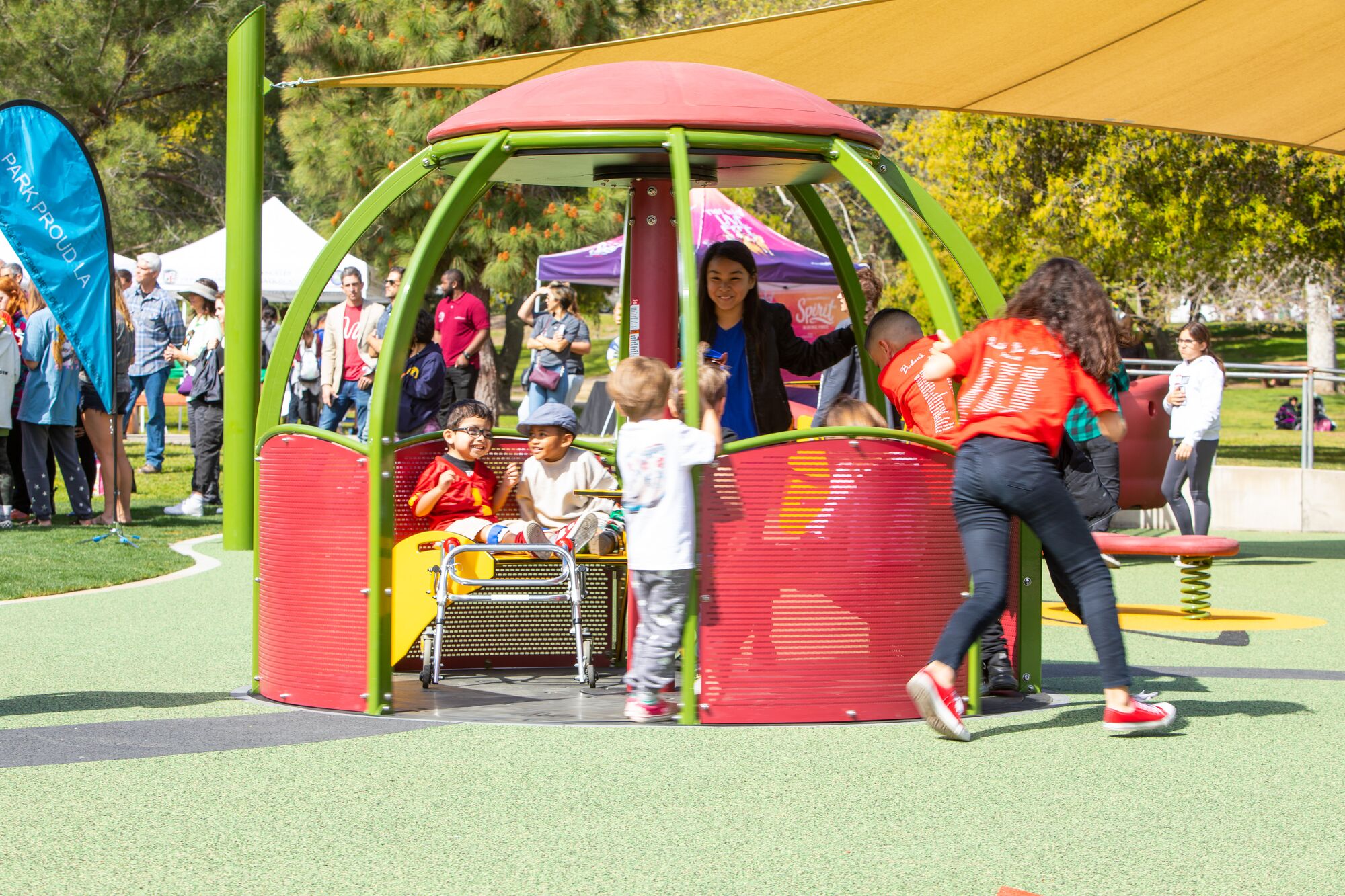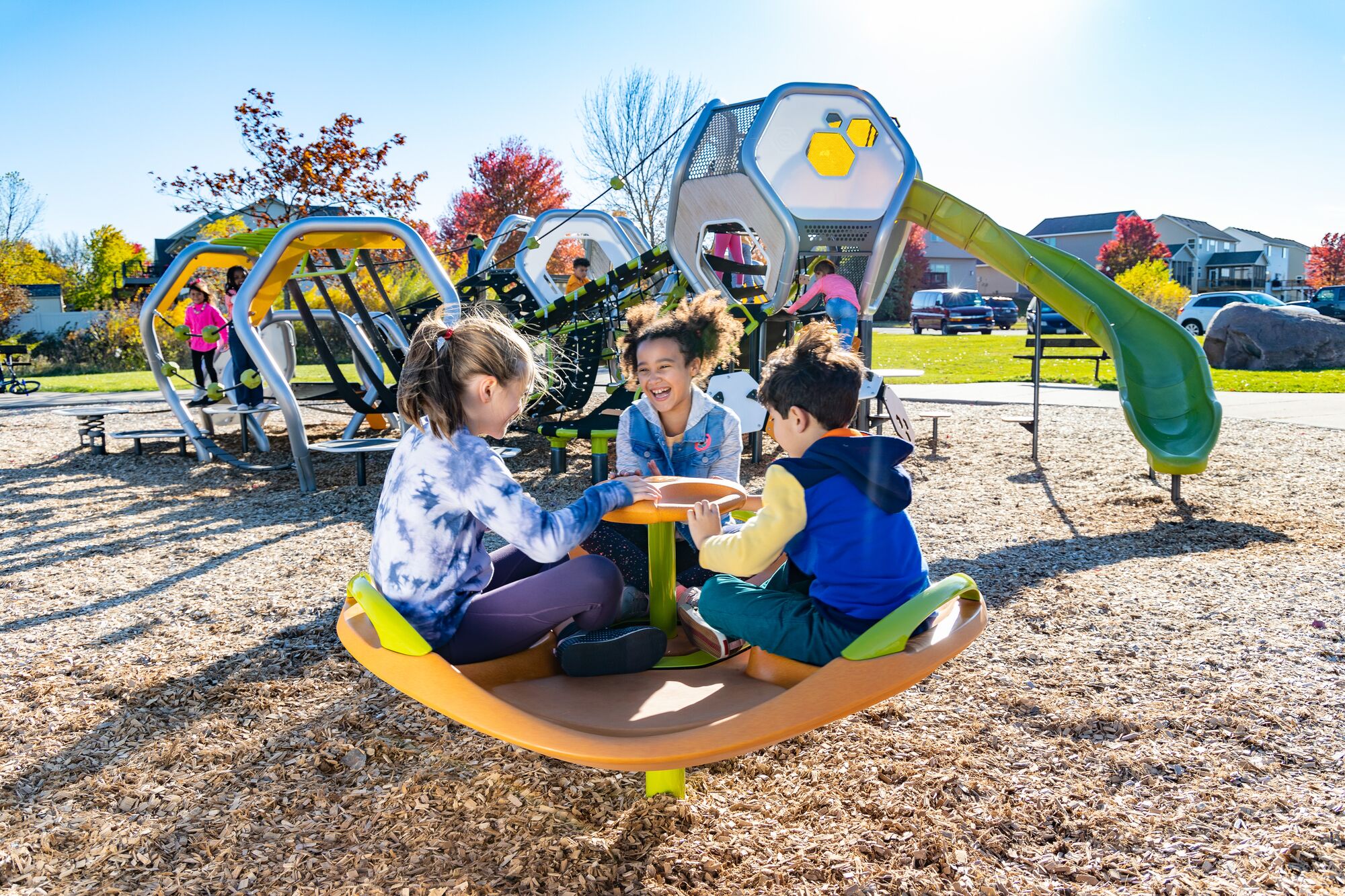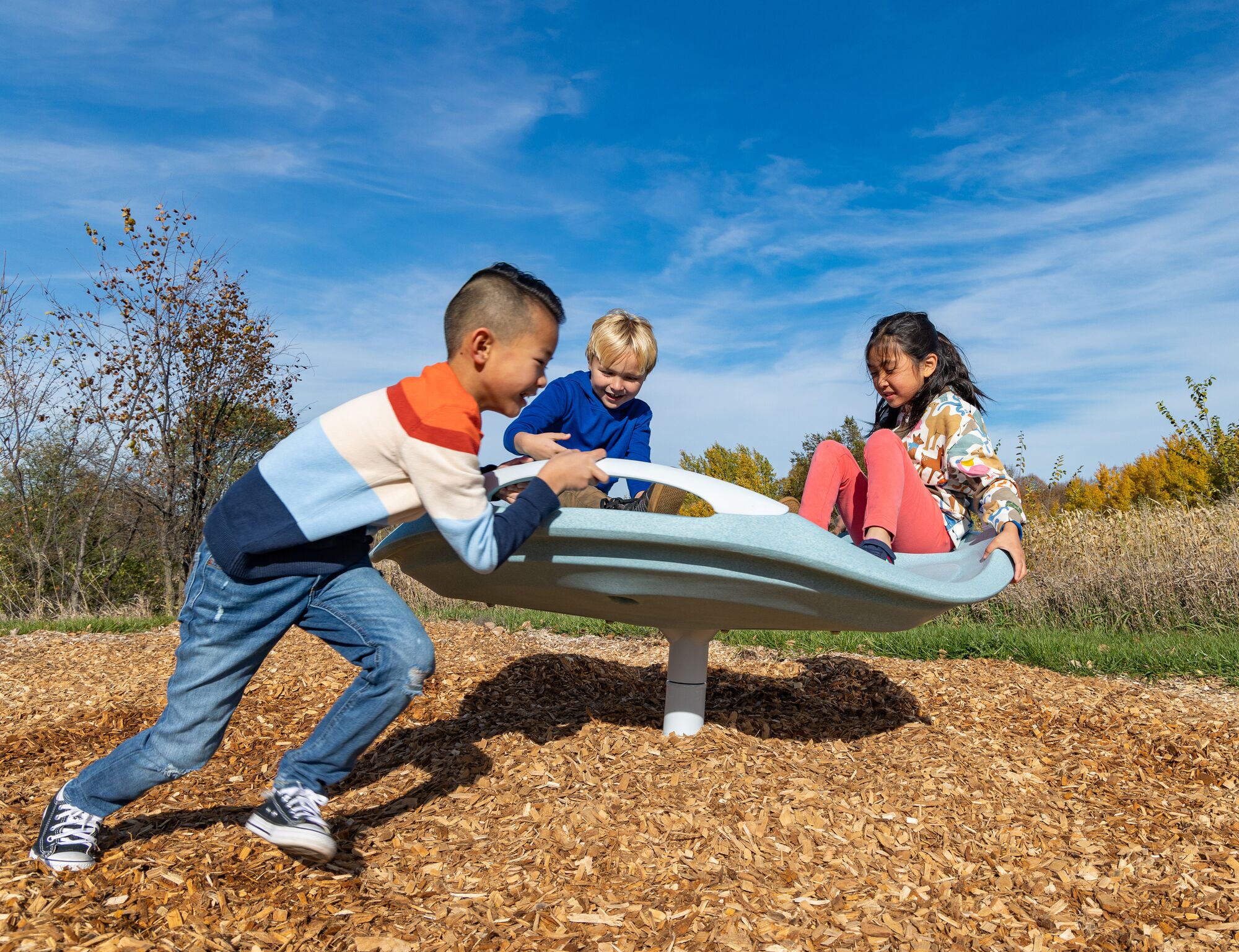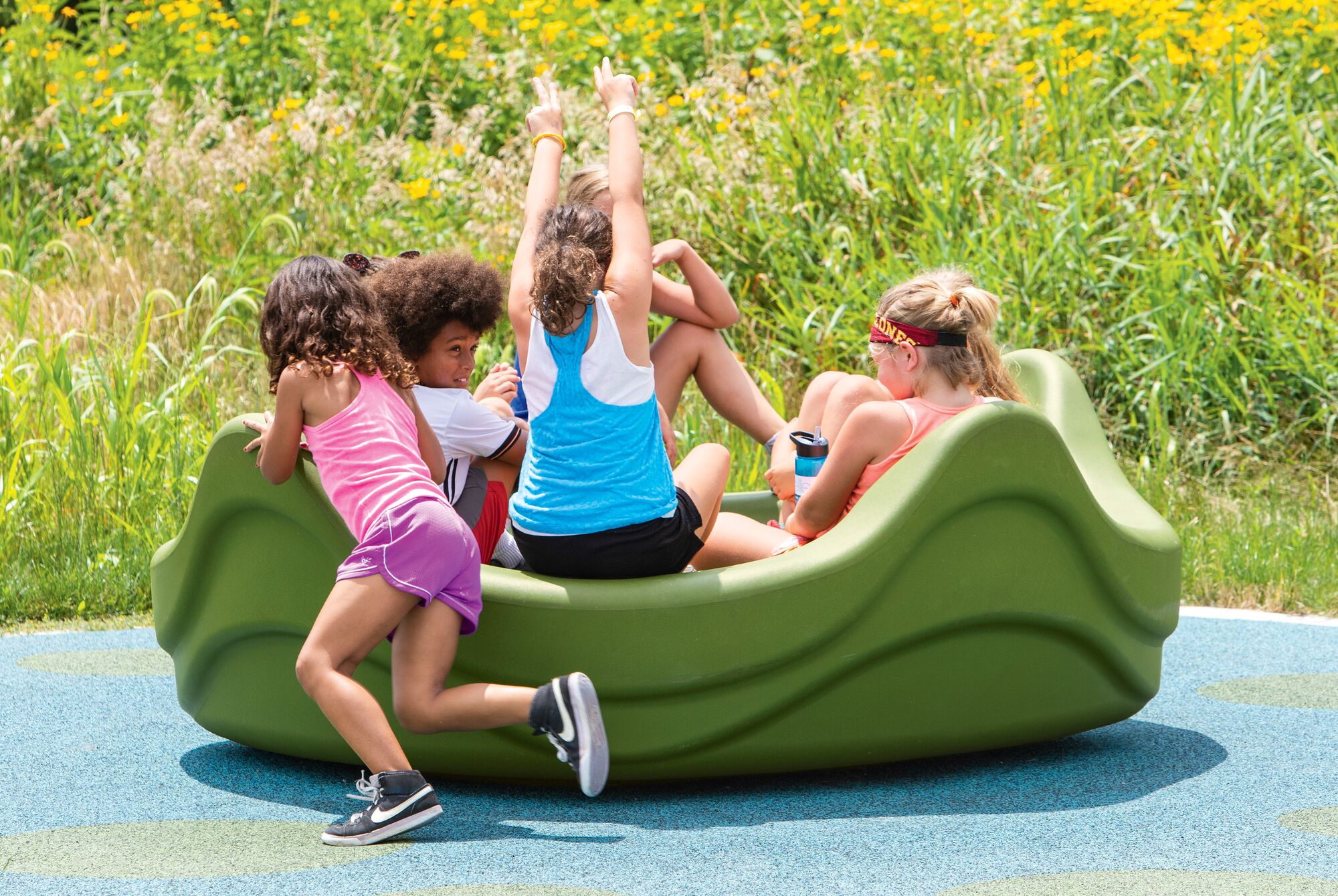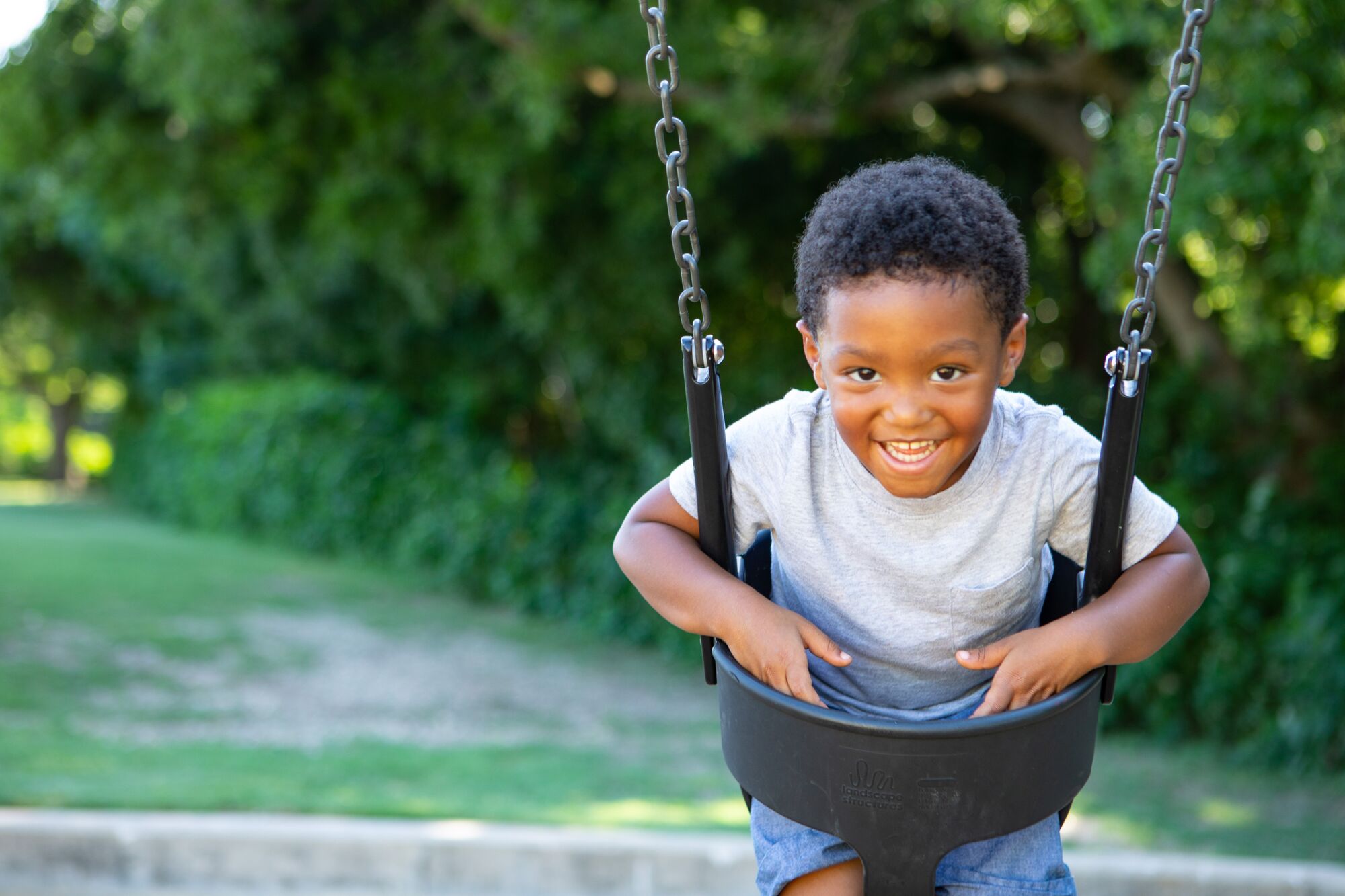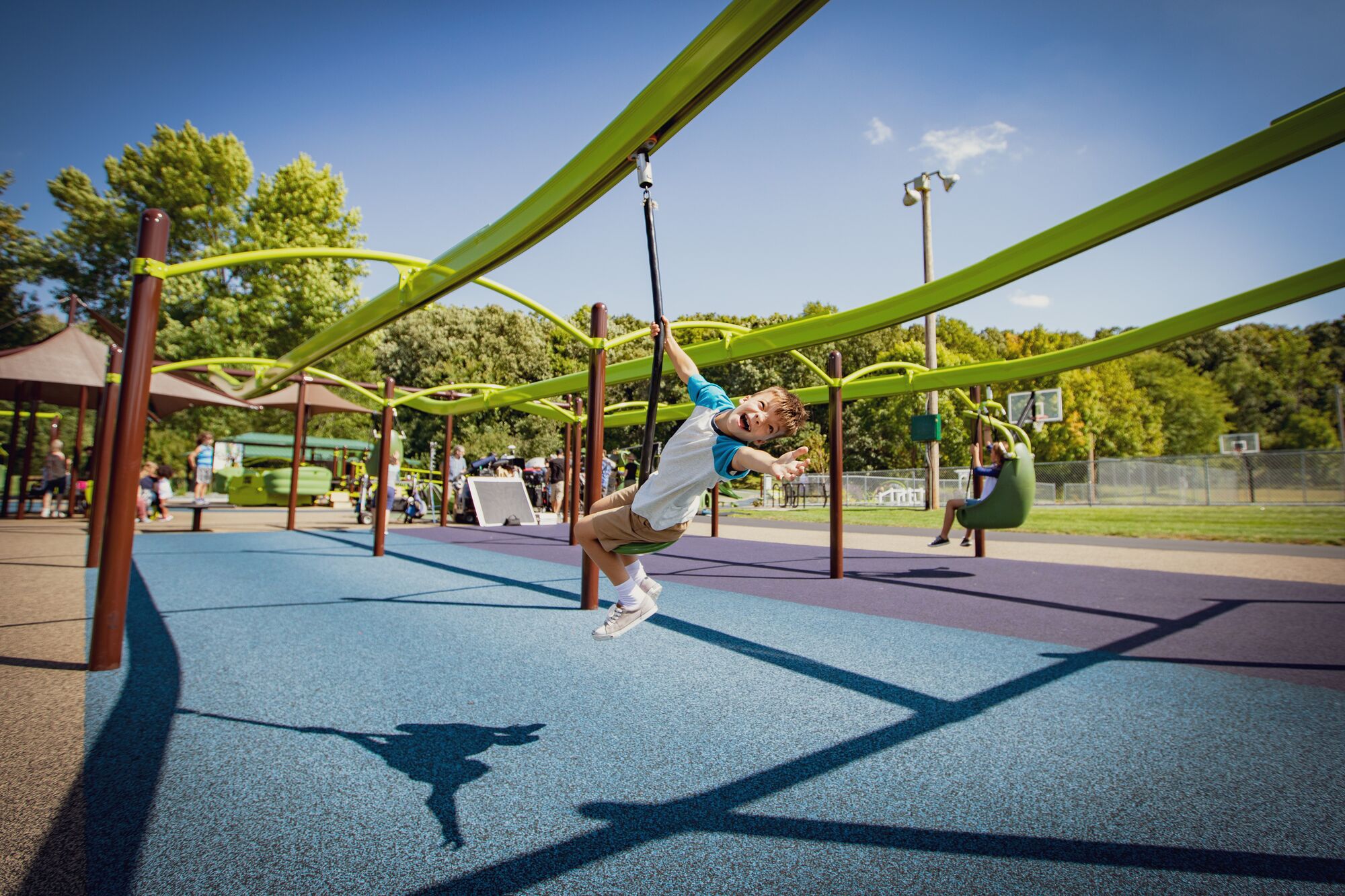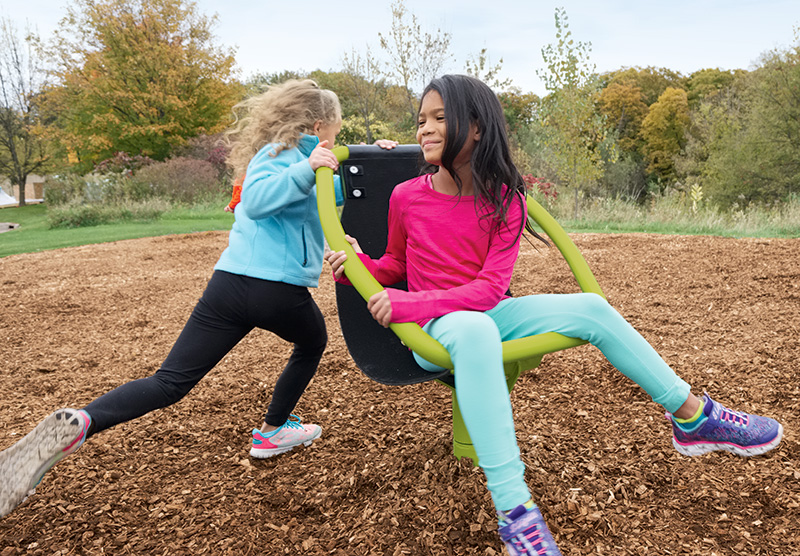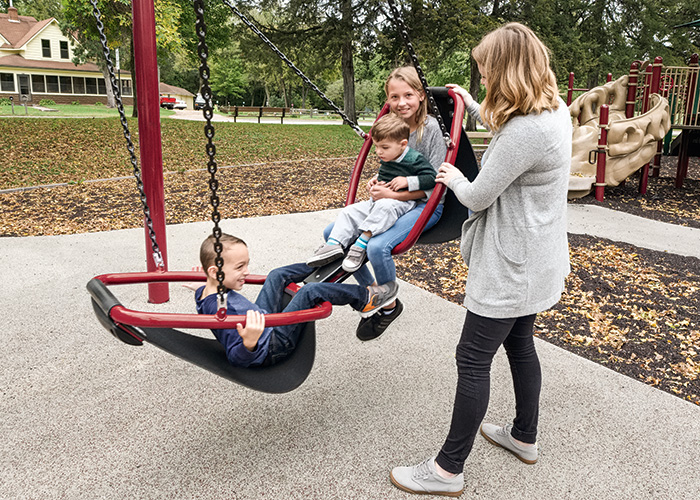Playground spinners are a remarkable enhancement to any outdoor recreational area. They offer a multitude of benefits for children across all age groups. The key benefits of integrating playground spinners into your play space include the following:
- Boosts balance and coordination skills: Playground spinners present an exceptional opportunity for children to enhance their balance and coordination skills. The act of spinning requires children to maintain their center of gravity and modify their body movements, developing their motor skills and body control.
- Encourages social interaction and teamwork: Many spinners on the playground are designed to accommodate multiple children simultaneously to promote social interaction and teamwork. This encourages essential social skills such as collaboration, sharing and turn-taking.
- Offers sensory stimulation and vestibular development: Spinners provide a thrilling sensory experience. The spinning motion stimulates kids’ vestibular systems, which aids in balance, spatial orientation and sensory processing. This sensory stimulation contributes to a child’s overall sensory integration.



Browse our selection today and offer children the opportunity to enjoy the many benefits of playground spinners.
Choosing the ideal playground spinner
Selecting the right spinners for your play environment demands thoughtful consideration of the needs of your children and their safety. Here are some factors to keep in mind when making your decision:
- Age Appropriateness and Safety Guidelines: First, factor in the age range of the children who will be using the spinner. Playground spinners are typically designed with specific age groups in mind, so it’s crucial to choose one that suits your user’s ages. Furthermore, adhere to the safety guidelines provided by the manufacturer to ensure safe usage of the spinner.
- Space Requirements and Installation Options: Before choosing a playground spinner, work with your playground designer to assess the available space in your playground. They will help ensure there is enough room for children to use the spinners safely. Additionally, consider the installation options. Some spinners require concrete footings, while others can be surface-mounted, which may offer flexibility in placement.
- Explore Various Spinner Designs and Features: Playground spinners come in a variety of designs and offer different features to enhance the play experience. Spend time exploring the options available to find one that suits your community’s needs. Consider features like transfer points, high-backed seats and speed limiters to ensure an inclusive play experience for individuals of all abilities.
We offer a broad range of playground spinners that prioritize safety, inclusivity and fun. Our spinners are engineered to meet the highest safety standards and deliver endless entertainment for children of all abilities.



Establishing safe spinning environments
Safety should always be paramount when it comes to playground design. Creating a safe play environment involves several key steps to ensure children can enjoy hours of fun on playground spinners and all the other play components.
First and foremost, it is essential to ensure proper surfacing and impact attenuation around all play equipment. For spinners in particular, the area surrounding the component should have a suitable surface to absorb impact and minimize injuries in case of falls. Regularly inspect the surfacing to ensure it remains in good condition and promptly address any issues.
In addition to surfacing, regular inspection and maintenance of spinning play equipment is critical. This includes checking for any signs of wear, loose bolts or broken components. Regular maintenance helps identify potential hazards and ensures playground spinners remain in optimal working condition.
Finally, educating children on safe play practices is crucial. Teach them to use spinners responsibly like sitting or kneeling instead of standing when appropriate, and not overcrowding the equipment. Encourage children to take turns and be aware of their surroundings. By instilling these safe play practices, you can help all users at the playground prevent accidents.
Learn more about the benefits of playground spinners, and contact your local Landscape Structures playground consultant to get started on a play space design that incorporates our high-quality, safe and inclusive spinners.

















